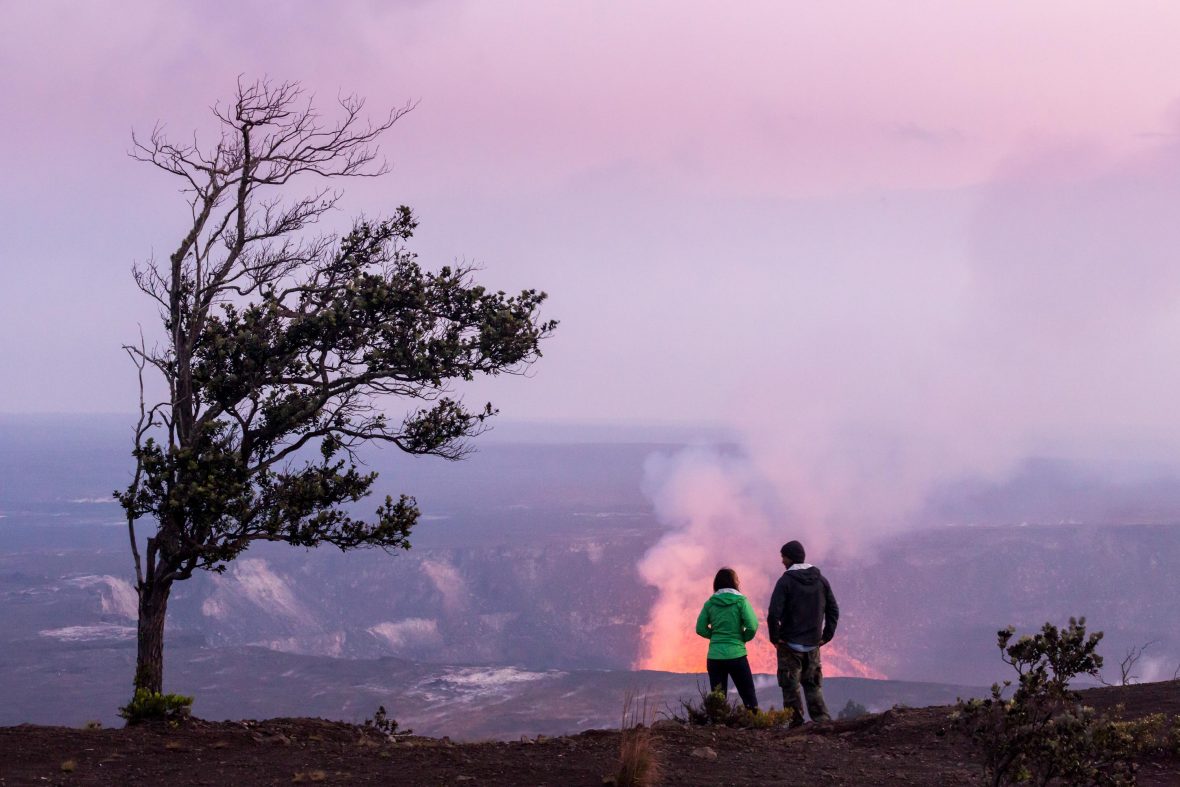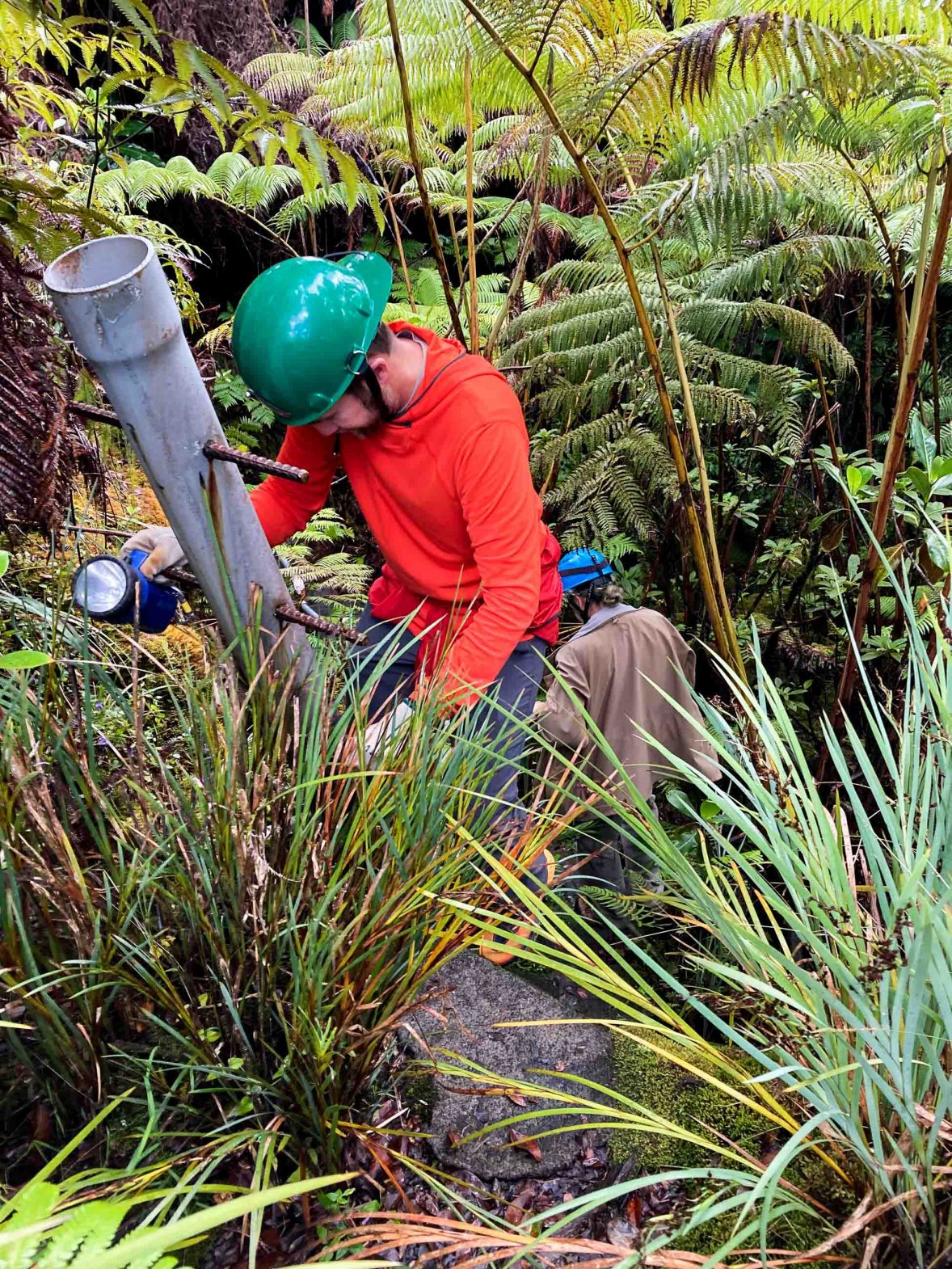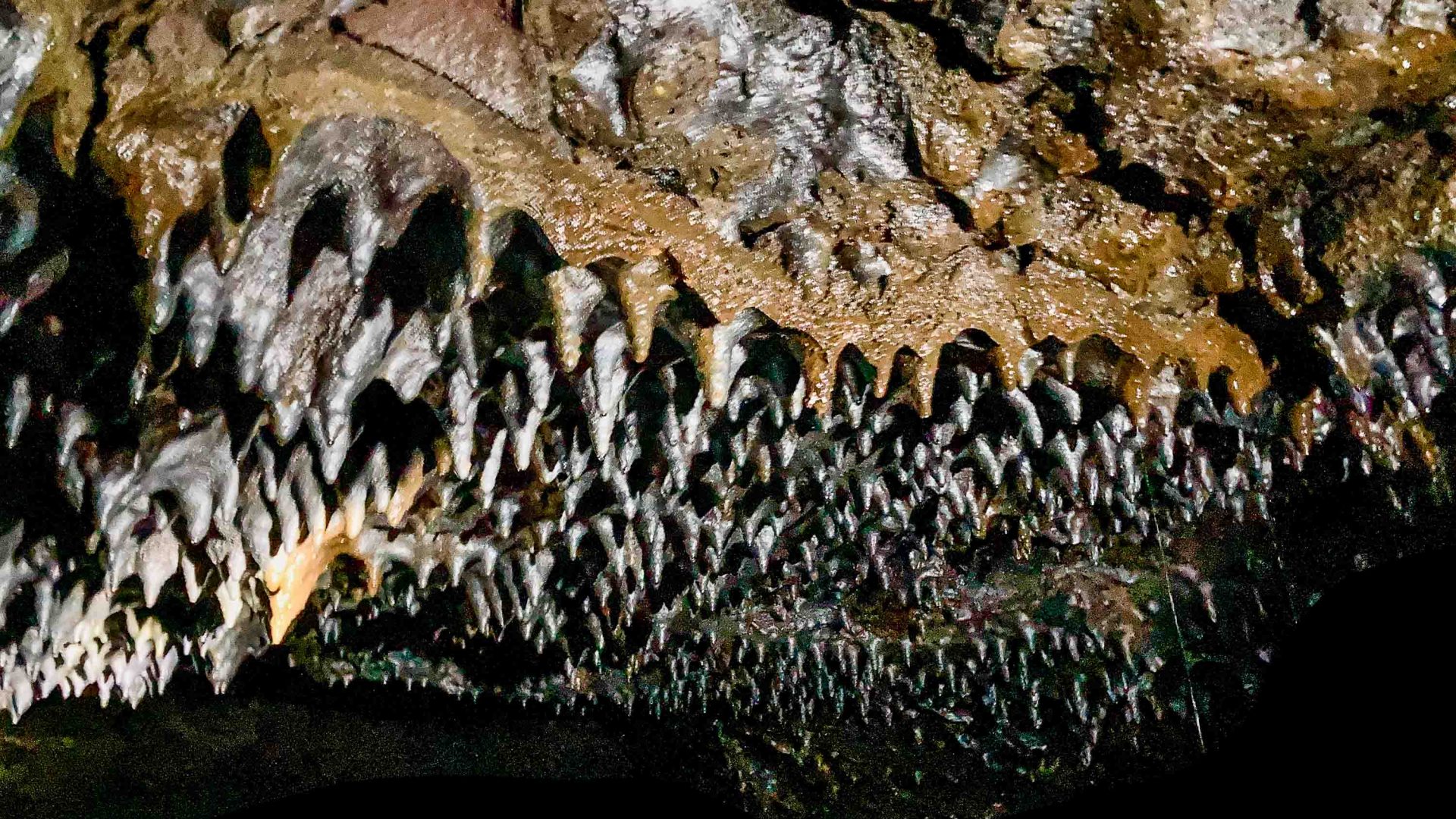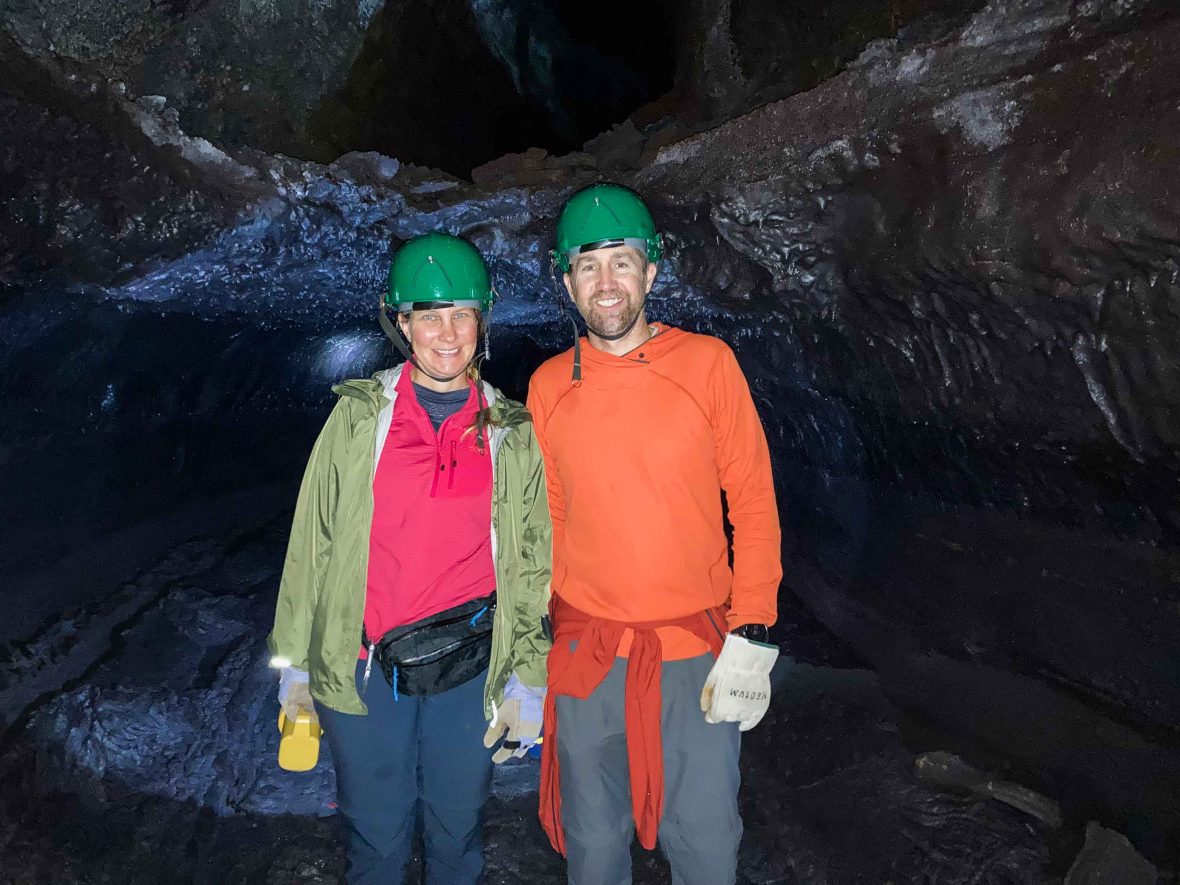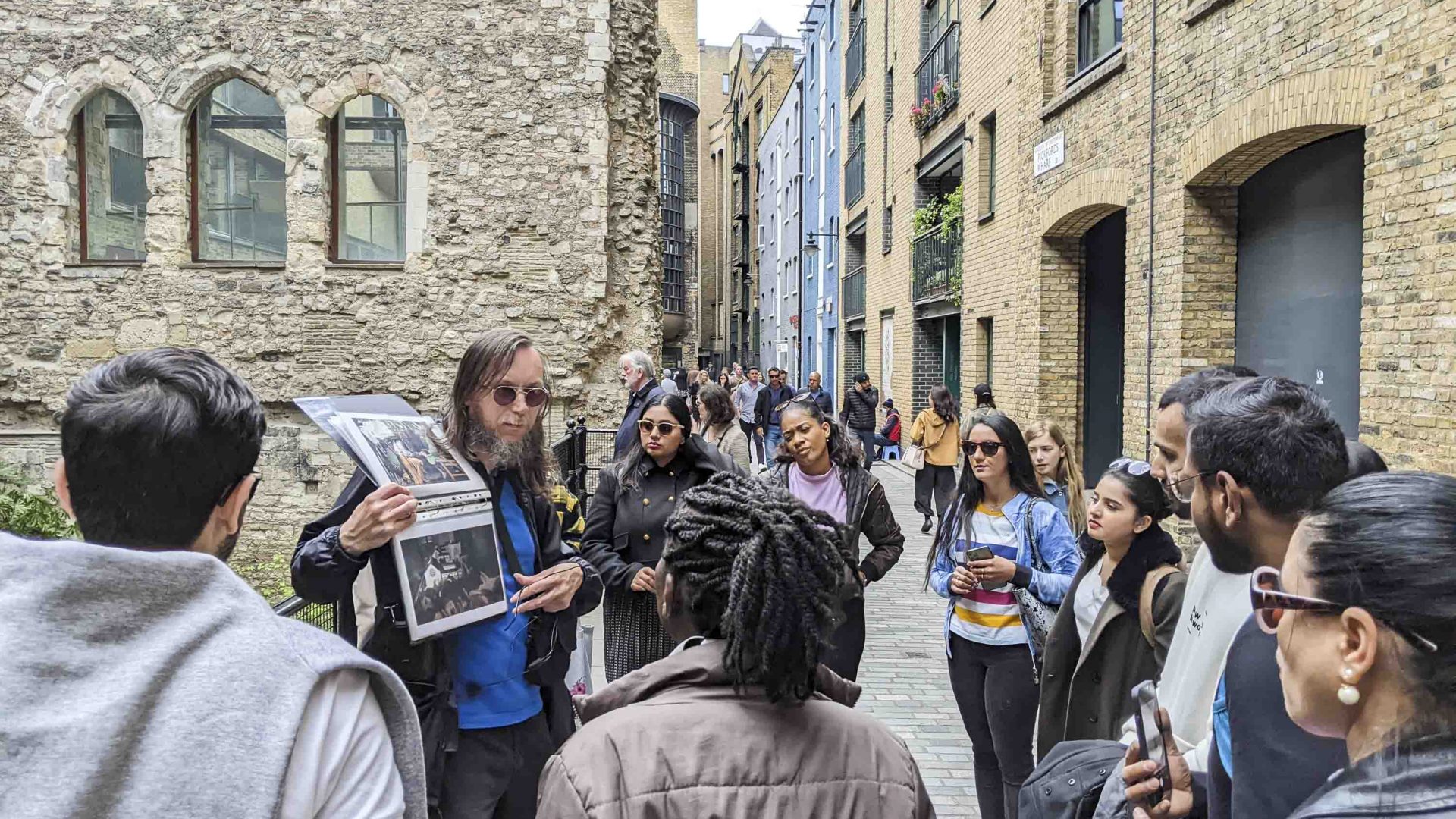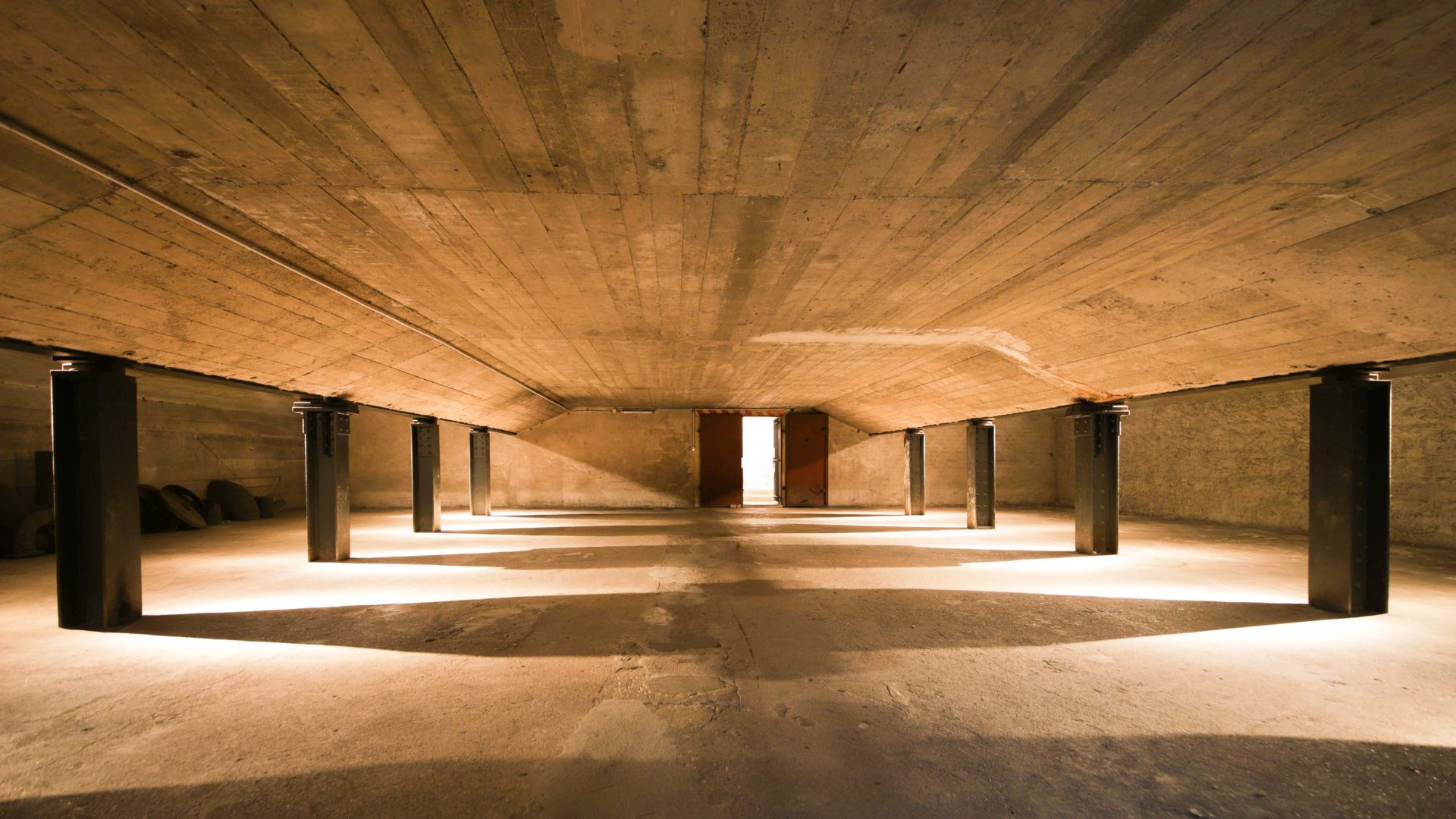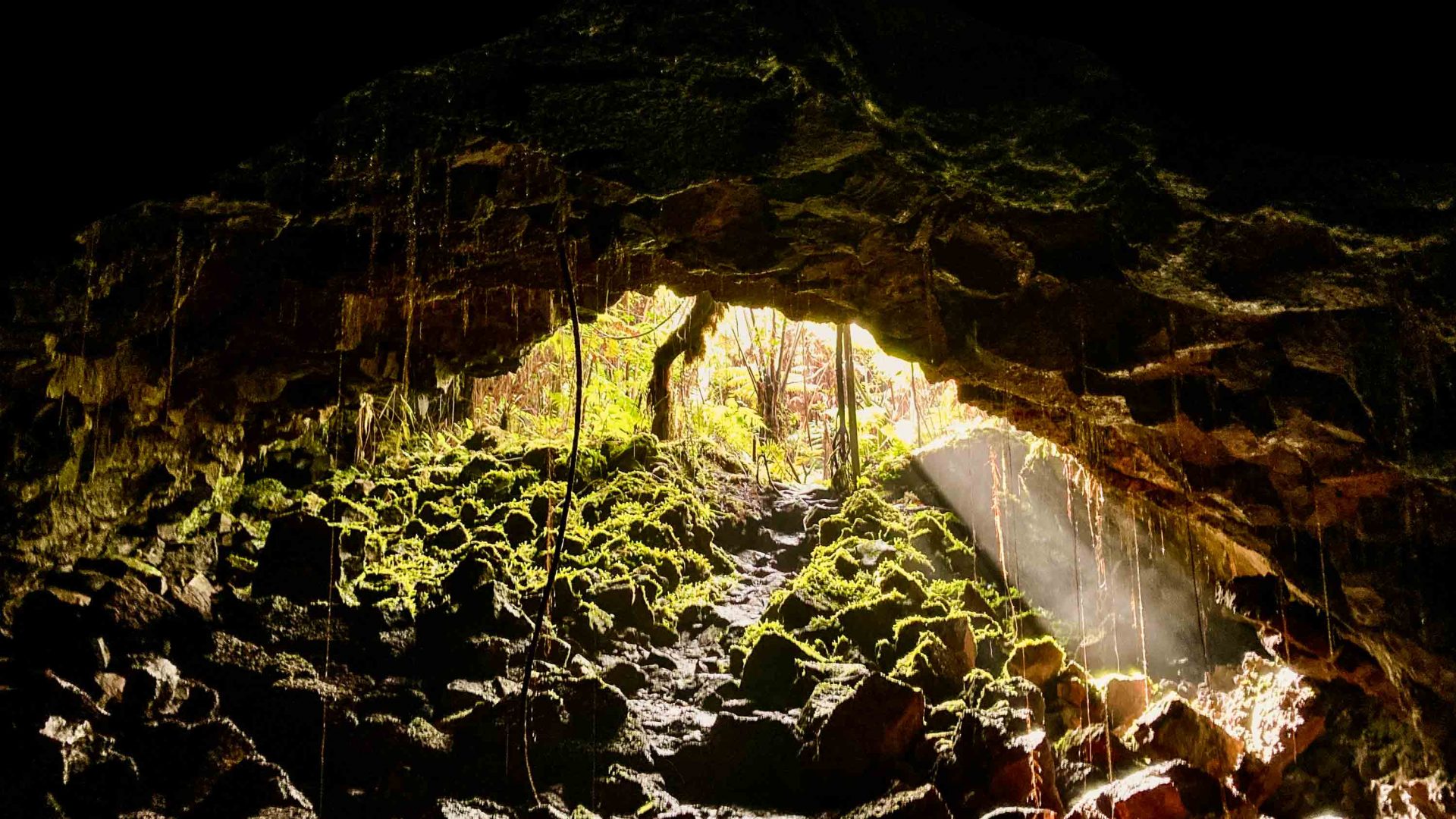
It’s every kid’s dream: To find a secret entrance to a cave in their backyard. In 1995, on Hawai‘i Island, Harry Shick did just that when he discovered a hole leading to the world’s longest known continuous lava tube—just a stone’s throw from his home.
On the east side of Hawai’i Island, most travelers visiting Hawai‘i Volcanoes National Park find themselves traipsing around and touring volcanic evidence that exists above ground. However, there are labyrinths of lava tubes beneath the surface, formed approximately 400 to 600 years ago during the 50-year-long Ailāʻau eruption of the Kīlauea Iki pit crater.
Witnessed by Ancient Hawaiians, this eruption was named after the fire god ʻAilāʻau (which means “forest eater”), who lived in Kīlauea before the fire and volcano goddess Pele arrived. According to Indigenous history, Pele still lives in Kīlauea, making it a sacred place.
Today, visitors can take a short walk through Nāhuku (Thurston Lava Tube) within Hawaii Volcanoes National Park’s boundaries. But just 20 minutes away from Pele’s home and the park’s visitor center, Kazumura Cave—the world’s longest (42.5 miles; 68km) and deepest (3,600 feet; 1,097m) continuous lava tube—is open for tours. And, peculiarly enough, it can be accessed through Harry Shick’s backyard.
If you’re keen, you can book a tour. But it’s not for the faint of heart. Shick’s website looks homemade, you have to call to make a “reservation,” and you can’t use Google Maps to the meeting spot. And that’s all before you follow a stranger through a locked door into Earth’s underbelly.


